Put ’Em Up
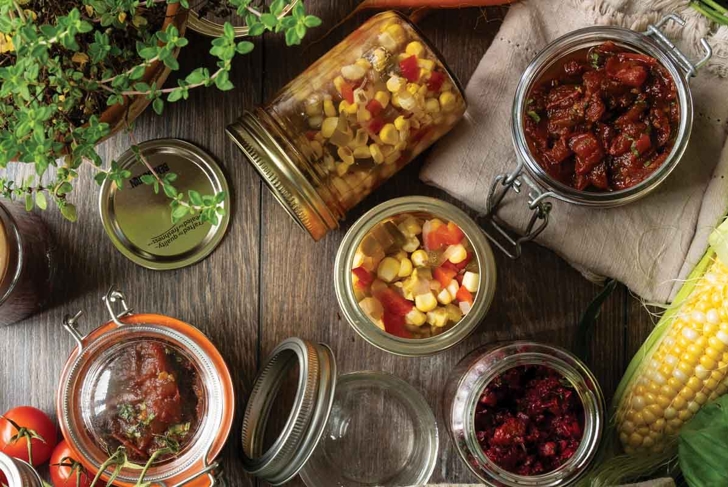
At this time of year, when backyard gardens and farmers’ markets are bursting at the seams with a bounty of nutritious produce of all shapes and colours, it’s easy to feast like a king or queen. Faced with the bushels of produce you harvested from your garden or scooped up from the local market, you may be left pondering where it can all go. While enjoying freshly harvested veggies, fruits, and herbs is hard to beat, it’s an even better idea to also put some away for future joys.
Preserving food connects us to all that our lands provide and reminds us of the generations that once gathered in kitchens for the annual ritual―a way to bring us back to simpler times. Also, using height-of-the-season fruits and vegetables soon after harvest conserves their health-giving nutrients and glorious flavours―a delicious reminder of why home grown and seasonal food is so marvelous. When you’re heading home from work, the question may spin in your mind: What’s for dinner? Food preservers can say: It’s in the jar.
We’re sure to feel all warm and fuzzy when savouring those luscious peaches, extra-sweet beets, crispy green beans, and juicy tomatoes when their growing season is a distant memory. Is there anything more enjoyable than punching up your meals with your very own pickles?
Home preserving is all about maintaining the vibrant qualities of peak produce, whether from the farmers’ market, the supermarket, or your own garden. To do this, you don’t need to master the art of canning. Thankfully, putting up the season’s harvest needn’t involve traditional canning procedures, which not all of us have the confidence or equipment for. It’s okay to think “outside the can” when building your home preserves.
From salsas and chutneys to tapenades and pickles, these preserves are a delicious and nutritious way to honour the excess of the season. The journey is sure to be especially fruitful (pun intended), requiring nothing but a modicum of prep and a few jars without the need to go near the canner or buy loads of pectin.
With these smaller-batch home-preservation recipes, you’ll be a can-do wizard of your kitchen―and learn that stashing away the season’s bounty doesn’t have to be complicated.
This collection was originally published in the September 2025 issue of alive magazine.
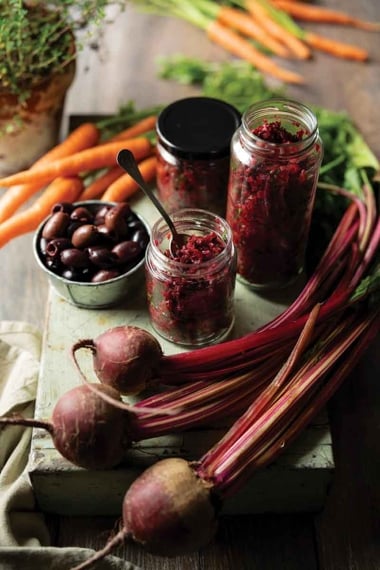
Tapenade is an olive-based spread or dip hailing from the Provence region in France. It’s bold, zippy, briny, and salty. It can wear many hats, including being made with the season’s plentiful beets and carrots. Whisk a couple dollops of tapenade into a vinaigrette, use as a fanciful sandwich spread, serve as part of a picnic charcuterie, or fold into bean salads.
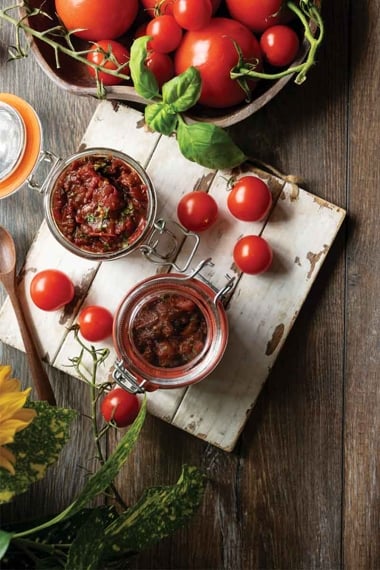
Jam excels at preserving the tastes of the season, but why should berries have all the fun? Using the same principles of other small-batch jams, juicy peak-season tomatoes are cooked with a little sugar, fiery chipotle pepper, and caramel-y balsamic for a chunky savoury-sweet jam that’ll give you the taste of summer well into sweater-weather season. Serve the jam on crackers with sharp cheddar cheese, use it as a sandwich spread or burger topping, add it to omelettes and frittatas, or try it as a way to spice up tacos and pizza.
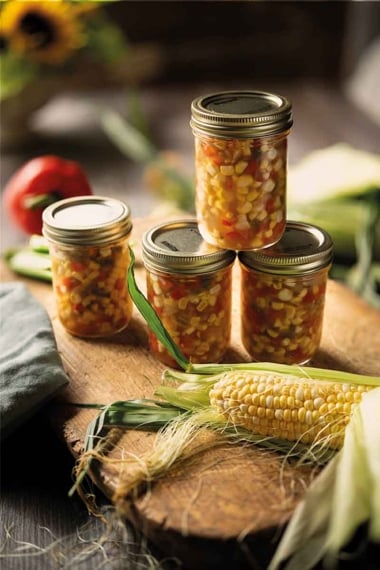
This tangy and chunky relish comes together in a snap. It adds fresh flavour and eye appeal to a variety of dishes. To maintain the freshness of corn, use raw kernels and let the warm pickling brine do its work. Corn and pepper relish can be used to add summery flair to burgers, sandwiches, tacos, fish, scrambled eggs, grain bowls, tortilla chip dip, and salads―it’s great in both leafy green salads and pasta salads. The relish is not recommended for freezing as the texture will suffer.
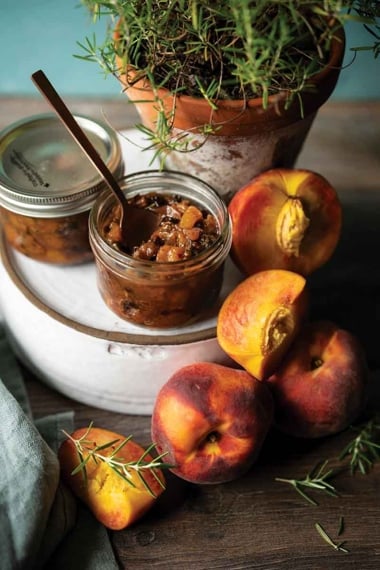
In India, chutney is the condiment of choice. Their sweet-savoury, tart-spicy balance adds intrigue to many dishes. This light, fresh chutney is a great way to maximize end-of-season peaches before they fade away from markets. The flavour will develop and become even more balanced if you wait at least a week before using it. Add the chutney to grilled cheese, roasted chicken or pork, pan-seared tempeh, and cooked grains. It’s also terrific with soft, mildly pungent cheeses like brie.
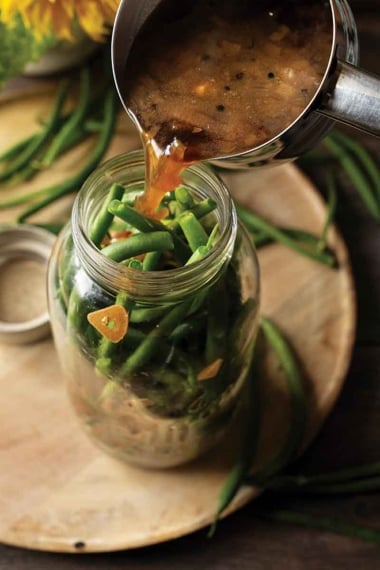
Pickling, which is preserving food in a brine or vinegar solution, is more than a form of food preservation. It’s a way of transforming garden-fresh vegetables, like green beans, into crunchy, tangy side dishes and condiments. Refrigerator pickles are safely preserved through a combination of the pickling-liquid acidity and the cold-storage temperature of your refrigerator. Szechuan pepper has an exotic, hot flavour that punches up this bean pickle. As the cell walls of the beans continue to soften over time, it becomes easier for the flavours to move into the pickles; for this reason, it’s optimal to let the pickled beans sit in the fridge for a few days before you use them.





